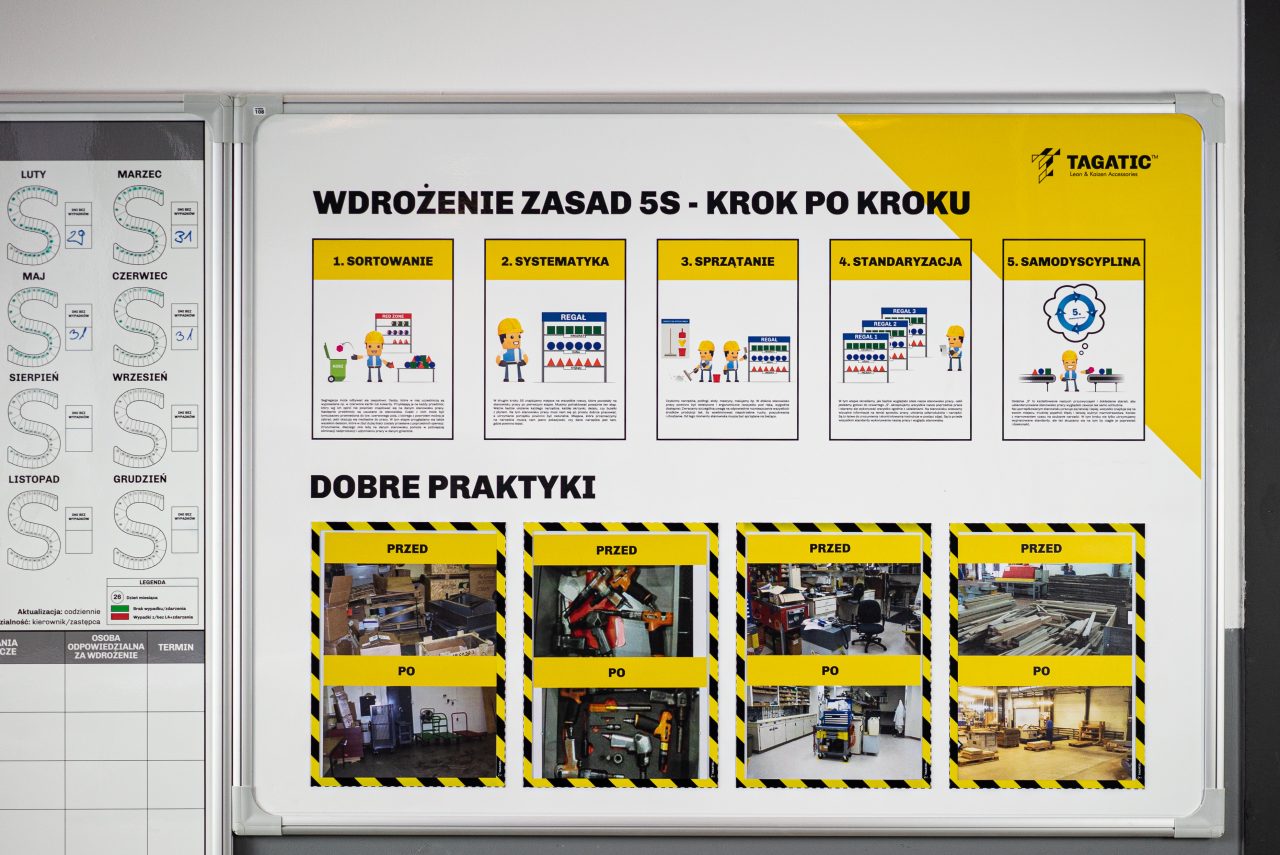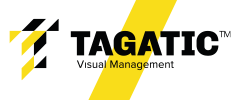What really is 5S?

Reading books related to the 5s methodology or browsing articles available on the Internet, we can meet with various development of subsequent "S". We can also come across many academic discussions on how to correctly explain subsequent stages into Polish.
Let's check what it looks like at the source, i.e. in the country of cherry blossoms.
- Seiri
- Seiton
- Seiso
- Seiketsu
- Shitsuke
The concepts themselves will not tell us much, unless we know Japanese. Maybe the English version will tell us a little more:
- Sort
- Set in order
- Shine
- Standardize
- Sustain
Okay, but what really is hidden under these concepts?
Sort
The first step is usually translated as a "selection" and reflects the activities that should be performed at this stage. You can also meet the translation of "sorting". The first and very important task, without which you cannot proceed to the next stages, is the division of everything that is in the position and in its surroundings, into necessary and unnecessary. It is worth using the Red Tag method here. Its task is to mark the production and in the offices of everything that we do not need to work.
Set in order
The second pillar is translated as systematics or systematization. Simply put, it is about finding a place for everything necessary in the workplace. It will be very important here how often individual items are used and in what places they are used, because this will define the location of the equipment. It is obvious that it is impossible to place everything "at hand" because it would cause a disorder that we just want to eliminate. At this stage, we should determine what, in what quantity and where it will be.
Shine
It's just cleaning. When conducting 5S workshops in the workplace, it should be used to clean up the position and its area thoroughly. However, this is not a one -time activity. After bringing the whole to the base condition, you should think about what tasks should be performed regularly so as to maintain this state. The planned cleaning schedule should also include inspection and control activities that will allow us to assess whether the equipment in our position is fully functional and ready to use.
Standardize
Standardization - the fourth pillar of the 5S concept, consists in standardizing what has been established in the previous three steps. Masaaki Imai understands standardization not only as sticking to established rules, but also "continuous, daily work on Seiri, Seiton and Seiso." In practice, this means regularly returning to selection, systematics and cleaning and improving the adopted standards. It is worth determining who and how often will be responsible for initiating activities related to it.
Sustain
In literal translation it is "maintenance", but most often the last pillar is called self -discipline or self -improvement. It is about emphasizing the importance of maintaining new habits and striving for perfection. It is important to involve the entire team and support each other. In order to assess the level of execution of individual steps 5S, audits are used that allow us to find more places to improve.
Ultimately, how we translate individual steps is not the most important thing. It is definitely more important to understand this concept and consistent undertaking activities related to improving our workplaces.

